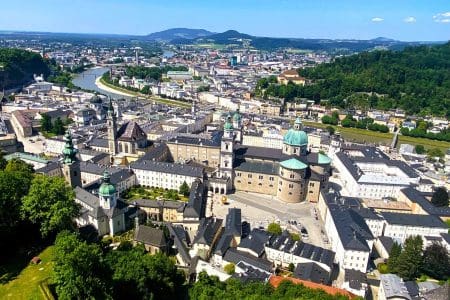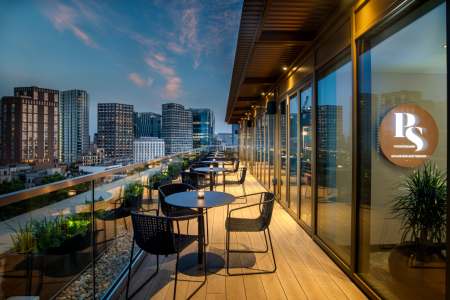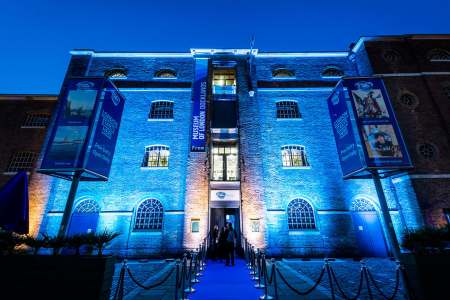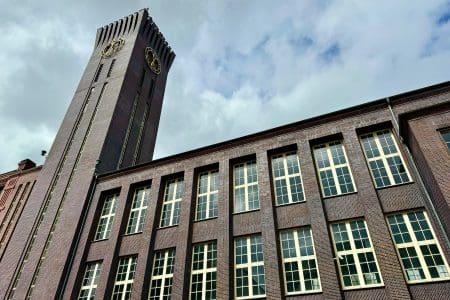When Hull was chosen to be the UK’s latest city of culture a few pairs of eyebrows were raised – mine for one. I had spent three years in the mid-80s a short distance away in York electing pints over lectures as I drifted my way through university with scarcely a thought for visiting the coastal city. Whitby, Scarborough even Bridlington felt my tread, but Hull never even appeared on my radar.
So, it was with some surprise that a couple of long-time travelling buddies of mine started extolling the virtues of the city that will remain the UK’s City of Culture up to 2020. Mind you, their recommendation seemed mainly focused on the quality of the pubs and live music, so I arrived in Hull with my natural cynicism as to exactly how much culture there was to unearth here in tact.
My first lesson was to learn that Hull is not actually a coastal city – please forgive the deliberate error earlier. Some 22 miles away from the North Sea along the Humber, it lies where the estuary is met by the river Hull. I learned this from my guide for the day, Paul Schofield, who runs cultural tours of the city, as well as pub crawls in the evening. Regretfully, I had been booked into the former. Perhaps, the most famous tourist attraction, The Deep, lies at the confluence of these two rivers.
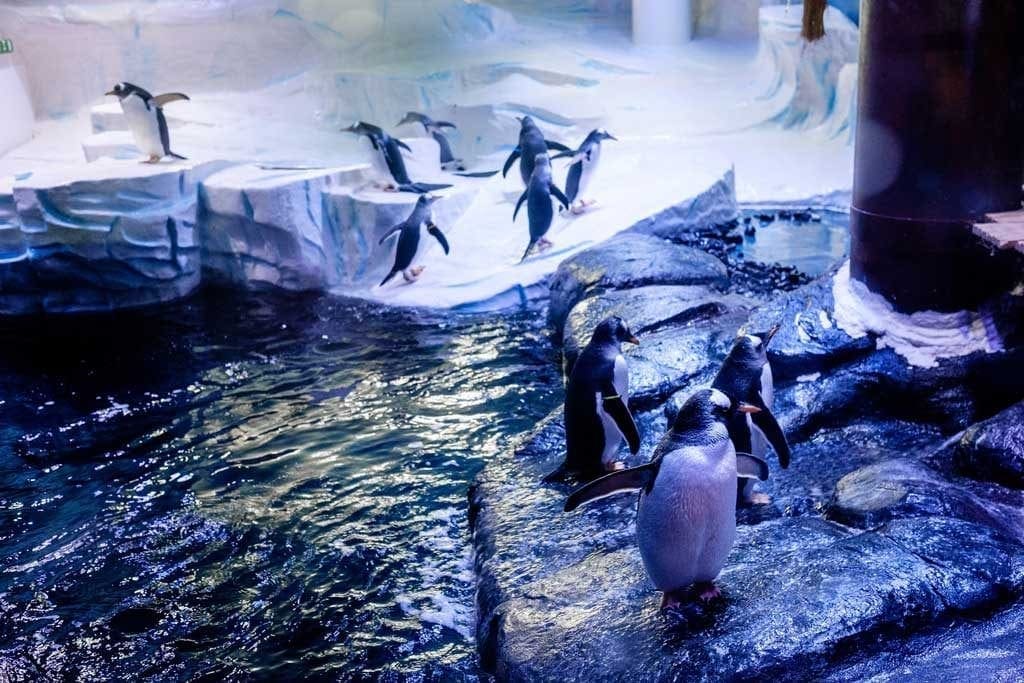
Now, I am not by nature someone who ventures into places clearly designed with the pre-teens in mind. But The Deep is an interesting place to while away some time, especially if you have a penchant for watching penguins waddle up to the water’s edge and then dive into the water – who doesn’t. As I didn’t have any children of my own I brought my mum along with me, and she enjoyed the experience as much as any pre-teen. The only catch with The Deep is that unique among the city’s cultural attractions you have to pay for entry, but really that is making a negative out of a positive. The burghers of Hull should be praised for keeping their museums free for all.
But I am getting ahead of myself, for Paul didn’t take me into The Deep – I went the following morning – as he seemed much more interesting in the nearby swing bridge over the Hull and observing that this is the point that separates East from West Hull; a detail that is of interest only for those who follow the city’s main sport, rugby league, as Hull Kingston Rovers (Paul’s team) comes from East Hull whereas Hull is from West Hull. Anyway he had far more important information to impart, including the “best pub crawl in the world” starting at the Lion and King on the High Street, where we were duty bound to pop in for a quick pint, one of many brewed locally.
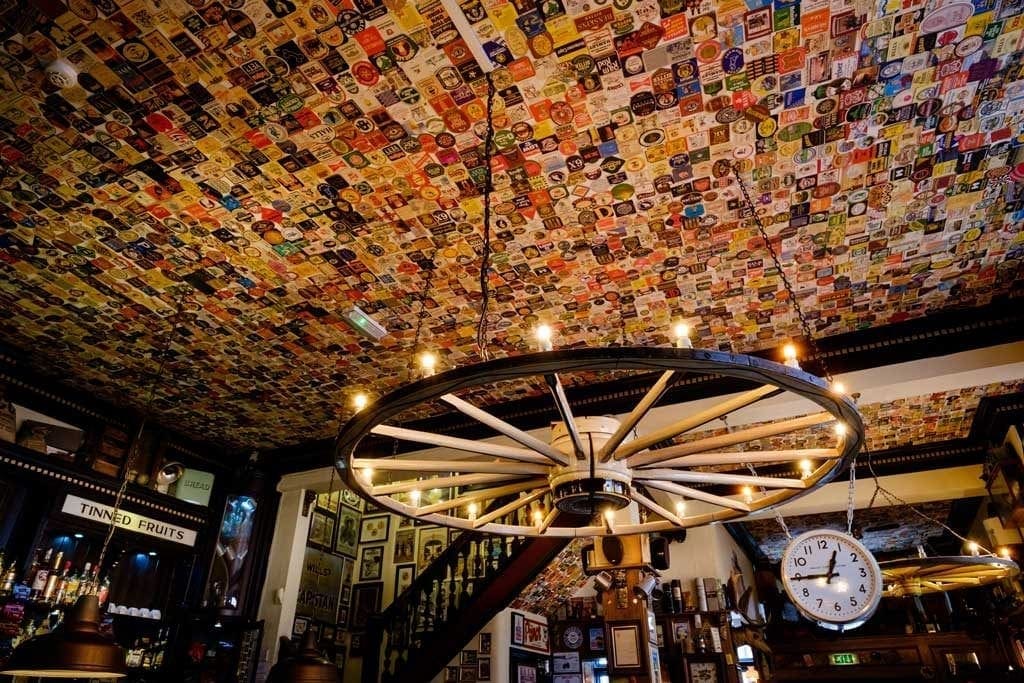
I had met Paul earlier at the Holiday Inn Marina, where I was staying. Perhaps, nowhere epitomises the mass regeneration that has taken place in the city over the years than the marina area. In the pre-Thatcher era, Hull was a thriving commercial port, with the nearby Princes Quay shopping centre constructed on the docks where whaling ships used to be built. Now, while hardly Marbella or Monaco, it’s a pleasant place to stroll, with the old fruit market heaving at the weekend with locals keen on a drink – similar to London’s Borough Market although on a smaller scale.
Hull has a rich history. It was bought by Edward I in 1293 from some Cistercian monks at the nearby Meaux Abbey – hence its full name Kingston-upon-Hull. It was also here that the Civil War commenced, according to local folklore, when the then governor of Hull, Sir John Hotham, denied King Charles I entry to the city in 1642. A plaque by Ye Olde White Harte – regretful faux middle English spelling the publican’s not mine –, which was then the governor’s house, commemorates the event. By a twist of fate Hotham switched sides from the roundheads to the cavaliers during the war, and ended up suffering the same fate as his sovereign at the axeman’s hands.
Many of the city’s major buildings, including the Minster, which used to be the country’s largest parish church, before recently being upgraded in status, and St Mary’s Church date back to this period. Indeed the cobbled streets around the old town are remarkably well preserved, especially considering Hull was the most bombed English city in World War II, apart from London.
The city is also full of idiosyncrasies, including the smallest window in the UK and its white phone boxes, due to Hull’s mighty never selling its telecommunications off to the Post Office. All of this belies the city’s status as the maverick of the North.
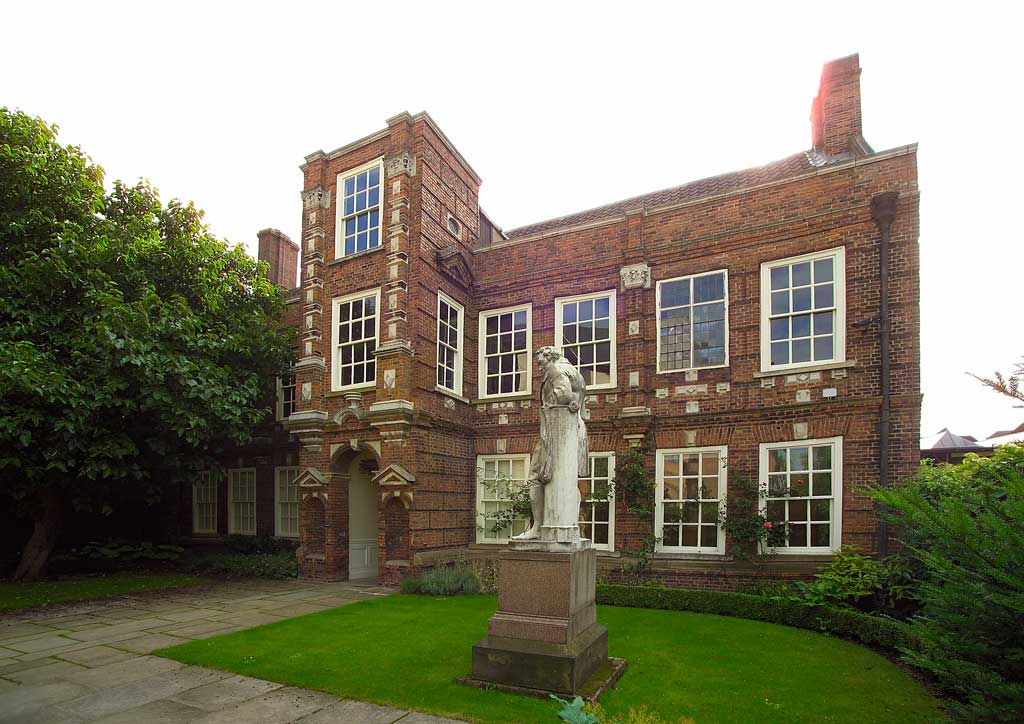
Perhaps Hull’s most famous citizen was Sir William Wilberforce, who as an MP fought for the abolition of slavery. A museum, located in his former house, details both his ultimately successful campaign and the situation of modern day slavery in the world. Chastening and illuminating, it’s a must on anyone’s visit to the City of Culture.
The Wilberforce House is part of the Museums Quarter in the old town on the High Street, which includes the Hull & East Riding Museum, Arctic Corsair and the Streetlife Museum. All are free to enter.
However, even more striking than the history of the city is the current cultural revolution that is gripping the city. The hosting of the Turner Prize in the excellent Ferrens Gallery on Queen Victoria Square, has opened up contemporary art to a wider audience. While not all exhibits might be to everyone’s taste – when was it ever not so – the hushed debate as to what constitutes art was a joy to overhear. Also, at least on our visit – a Wednesday morning – the gallery was packed. So much so that we had to retire to the Dutch masters for some more relaxed art appreciation.
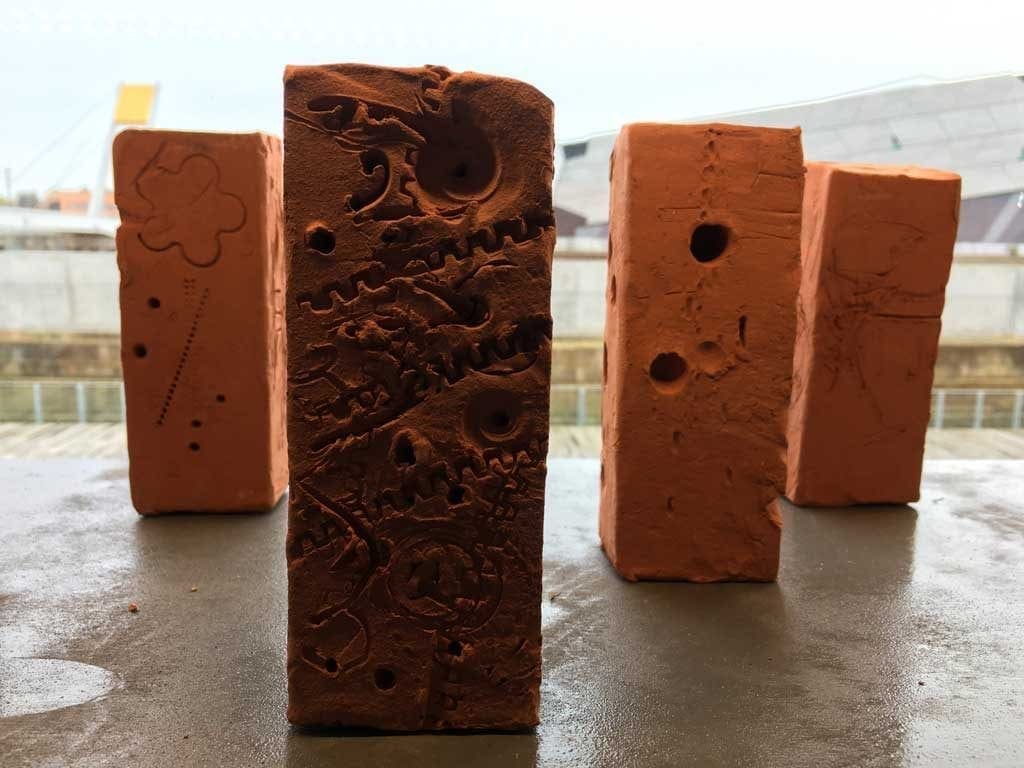
The city seems to have fully embraced the Year – or four – of Culture. From the hundreds of volunteers who are happy to provide guidance on the local cultural events to the under-five-year-old school kids who participated in the 16,000 brick exhibition, where they each created their own brick, the whole city has played its part. No more is this better demonstrated than at the Freedom Festival held in September, when the citizens of Hull descend upon the area around The Deep to celebrate their great city.
Not that Hull is just about culture. In addition to the pubs, there are some great cafés and restaurants, including the cosy Liquid Jade, on the ground floor of the Custom House Buildings, which has a most extensive range of teas on offer to enjoy with your salad, unless you prefer the panini and prosecco special.
By the end of the day I felt that Hull couldn’t have any more surprises in store for me, but I was mistaken. Earlier in the day I had popped into one of Hull’s many fish and chip shops and enjoyed the local patty – deep-fried potato stuffed full of sage served with chips and mushy peas. This was the fare I associated with Yorkshire from my varsity days during the Miners Strike. But local restaurants like the times are a changing.
We had dinner in 1884 Dock Street Kitchen, a high quality restaurant oozing with sophistication that would have graced Manhattan, and was located in an old port building next to the Fruit Market. My mother’s venison was cooked to perfection as was my halibut – a modern day rendition on fish and chips. You would be hard pressed to find anything superior in London – at least for the prize.
All my pre-conceived prejudices now blown away, my abiding memory of Hull is of a city surprisingly rich in culture. If 2017 is anything to judge by, just imagine what treats the next three years have to offer, because remember the non-coastal city of Kingston-on-Hull is the UK’s City of Culture until 2020.
For more details of what is happening in the remaining years of the City of Culture, check out the Hull 2017 website.
